A smile design is a dental procedure that artistically creates straighter, whiter, and natural-looking smiles.
smile designs
can work wonders.Smile design
combines a variety of dental services to help patients achieve the symmetrical and flattering smile of their dreams. Dental crowns are a dental prosthesis used to improve both the function and appearance of a tooth.The crown has a custom shape and adapts to the color of patients' existing teeth. Dental crowns can treat cracks, cavities, damaged fillings, or the aftermath of root canal treatment. Dental crowns can also add extra length or hide a dental implant. Excess gum tissue is a frustration for many patients.
Gum tissue can hide healthy teeth and create a stunted smile. In addition, the gums can be uneven. Contouring gums with a dental professional like Dr. Ahmed is a safe and effective way to address excess gum tissue and achieve a more balanced and brighter smile.
Cosmetic bonding is made with a tooth-colored resin. Cosmetic bonding, also known as dental, addresses minor imperfections in the teeth, such as chips, cracks, gaps, or stains. If the patient's dental problems are not to the extent that additional dental intervention is required, dental bonding is an effective and long-lasting cosmetic solution. Gapped teeth can be addressed with veneers, cosmetic bonding or Invisalign.
Patients can address gaps due to missing teeth with dental implants for long-lasting, natural-looking results. If you have discolored, chipped or cracked teeth, you are a good candidate for a smile makeover at Old Town Smile. Men and women who are missing some teeth are also good candidates for smile design. Candidates for smile design must have all their adult teeth.
Whether you are looking for an improvement of some teeth or your entire mouth, Dr. Ahmed has the experience and range of quality dental solutions you deserve. Ahmed will determine his candidacy for a smile makeover during an initial consultation at Old Town Smiles. Your dentist will review your dental history and discuss your current concerns.
Your dentist and the Old Town Smiles team will perform a series of tests and examinations including digital x-rays, diagnostic photographs, oral cancer screenings, a caries check, and a bite evaluation. We always welcome photos of example smiles that patients would like to emulate to help shape the details of their Smile Design plan. Smile Design treatments are tailored to address each patient's unique needs. Smile Design prices will depend on the procedures patients choose to incorporate into their treatment.
Once you and your dentist have determined the procedures that will best achieve your desired result, you will receive a personalized price breakdown. Most insurance providers won't cover Smile Design procedures that address aesthetic issues, such as veneers to treat a chipped front tooth. Some insurance providers may cover aspects of Smile Design that improve tooth function, such as dental crowns, implants, and dental joints. Patients are invited to contact their insurance provider for more information.
The midline refers to the vertical contact interface between two maxillary centrals. It should be perpendicular to the incisal plane and parallel to the midline of the face. Minor discrepancies between facial and dental midlines are acceptable and, in many cases, are not noticeable. However, a sloping midline would be more obvious and therefore less acceptable.
The maximum allowable discrepancy may be 2 mm, and sometimes a discrepancy greater than 2 mm is aesthetically acceptable as long as the dental midline is perpendicular to the interpupillary line. Various anatomical landmarks, such as the midline of the nose, forehead, chin, nasolabial sulcus, interpupillary plane, can be used as guidelines for midline evaluation. These principles are used as a guide rather than a rigid mathematical formula. Most authors recommend creating harmony and balance at a glance by proper adjustment and evaluation of provisional ones rather than any formula.
The factors that guide the individual dimensions of the teeth are as follows. Zenith points and their relationship with the midline. You will also have the opportunity to approve the three-dimensional model and mock-up images of what your smile will look like after the treatment is completed. One of the biggest advantages of DSD is that patients can see the smile preview before starting the procedure.
Balance is observed as the eyes move distally from the midline, so that both the right and left sides of the smile are well balanced. Smile Design procedures can be performed in multiple appointments for patient convenience or can be combined into a longer and more comprehensive procedure. Klein will work with you to customize and plan your smile design, giving you the individual attention you deserve rather than a generic solution. Therefore, the overall angulation of the midline is more critical than the general position of the midline to create an aesthetically pleasing smile.
Smile Design Treatment is a cosmetic treatment that focuses on improving the appearance of your smile through certain procedures, such as dental veneers, composite bonding, teeth whitening and dental implantation. You are absolutely right, the smile is a meaningful impression of oneself along with communicating a variety of feelings to everyone around us and is special to each distinctive individual. Once your doctor has formulated a plan, the next part of the process involves photography and photo editing software to virtually simulate and design your ideal smile before continuing with the process. Digital Smile Design is a treatment protocol that uses high-definition photographs and other images of a patient's teeth and face to predict the outcome of certain treatments.
Current tooth position within the dentoalveolar shell The overall current position of the tooth in the dentoalveolar shell is another important consideration when it comes to developing a new ideal smile. The general mobility of the lips is simply the movement of the lips at rest to the farthest position that occurs when the patient smiles spontaneously and is directly related to the length of the upper lip. . .
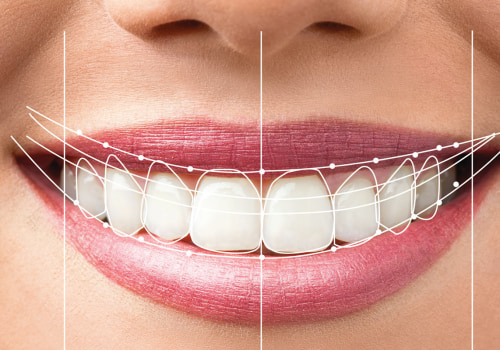
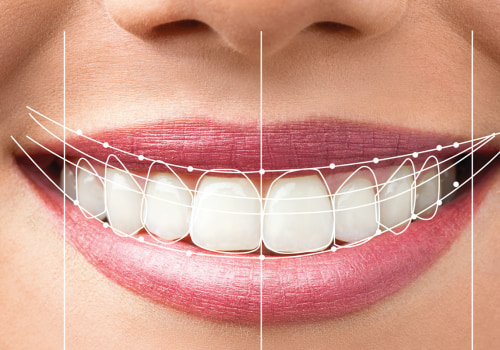
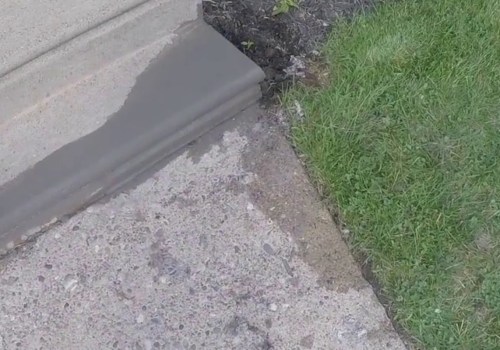
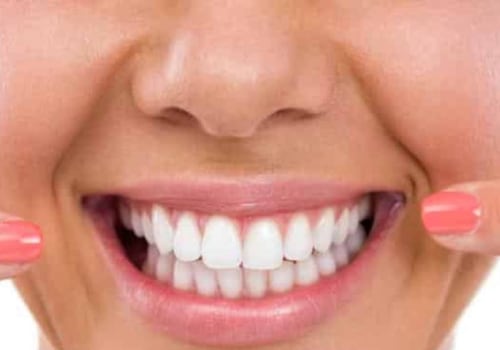

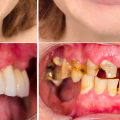
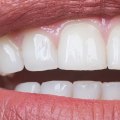
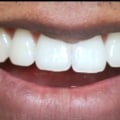

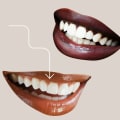
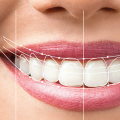
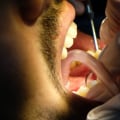
Leave Reply